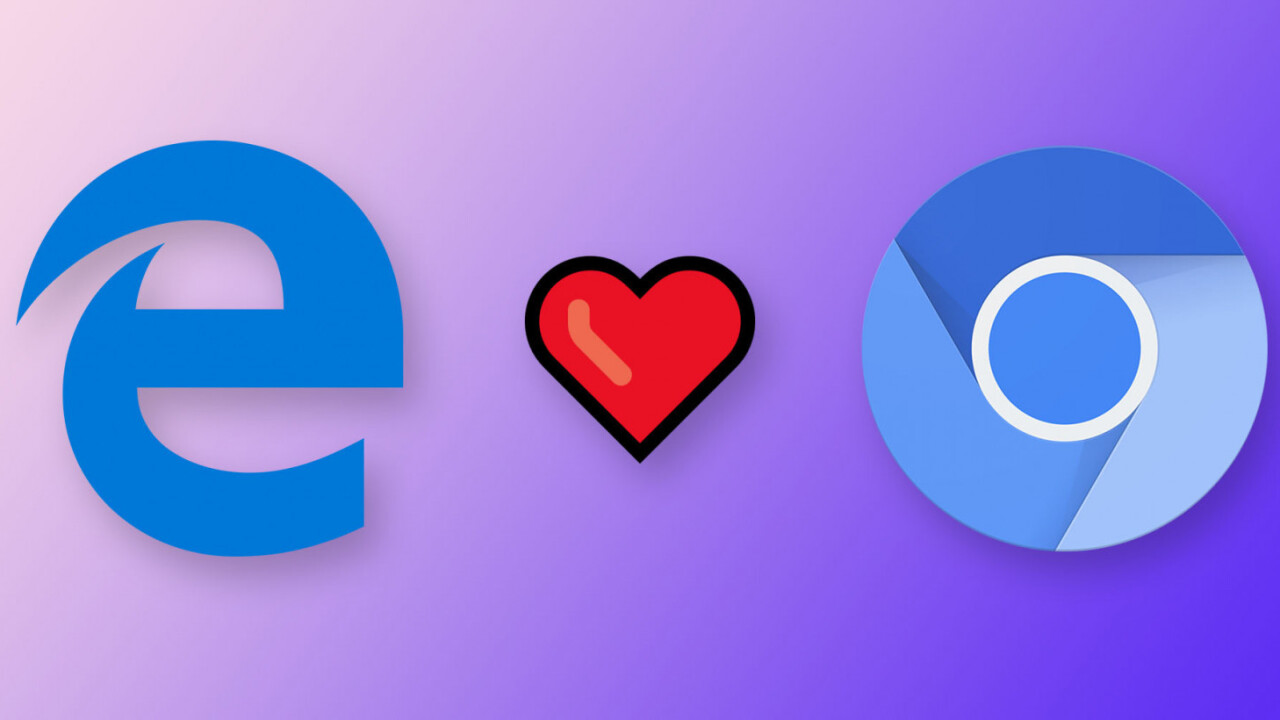
It’s a new era for Microsoft. After dominating the early web with Internet Explorer and struggling to reach the same prominence with Edge, the company today announced it will be transitioning its browser to a Chromium-based platform in 2019.
If you can’t beat ’em, join ’em.
But Microsoft doesn’t just see the move as a case of giving in to the competition. By incorporating Google’s Chromium into Edge on the desktop, along with other sweeping changes being announced today, the company aims to improve its browser in a way that wasn’t feasible before. If you ask me, it’s a good thing for everyone.
Compatibility is the biggest reason behind the change. Edge works well enough most of the time, sure, but with a fraction of Chromium’s adoption, developers aren’t nearly as inclined to assure their sites work properly with Edge. And as soon as a site doesn’t properly, people switch over to another browser – probably Chrome.
The company had already made contributions to Chromium, such as improvements for touch-based scrolling (which used to be awful), accessibility, and compatibility with ARM devices on Windows. But now it gets to have a much larger say in Chromium’s development, and in turn, the web as a whole.
Moving over to Chromium has another benefit: more frequent releases. Previously, new versions of Edge were only deployed with Windows updates, leading to serious fragmentation. The only way to have the latest version of Edge was to have the latest version of Windows. Given how reluctant people can be to update their OS, it left users vulnerable to compatibility and security updates. It also made rolling out Edge a pain for IT departments.
Now Microsoft will be able to deliver updates as they’re introduced to Chromium, ensuring Edge is as compatible with web standards as any other Chromium-based browser, and likely enabling Chromium extensions down the road. Microsoft also says moving to Chromium will allow them to bring the browser to other platforms – get ready for Edge on the Mac.
There’s a counterargument to be made that moving to Chromium is robbing the web of already scarce diversity and competition. The move removes one of the few major Chromium alternatives left – effectively just Firefox and Safari.
But on the other hand, one could argue that the competition has simply moved within Chromium, as Microsoft wrestles away some power from Google in Chromium’s development. The difference is that instead of only improving its own browser, Microsoft’s contribution to the platform could help improve Chromium-based browsers everywhere. A rising tide raises all ships, as they say, and maybe now you won’t rush to install Chrome as soon as you get a new computer.
In any case, once Chromium adoption ensures the web is rendered as expected, most of the differences people care about will be on the UI and features front. Microsoft will continue to try to differentiate itself there, with things like inking, its reading features, and tight integration with Windows. The company’s browser has also typically held a battery life advantage over Chrome in my experience, though its not clear if that will be dampened by the switch to Chromium.
All that being said, you’ll have to wait a while before you can try the new Chromium-based Edge. Microsoft expects to have a build available for developers in “early 2019.” Stay tuned.
Get the TNW newsletter
Get the most important tech news in your inbox each week.





